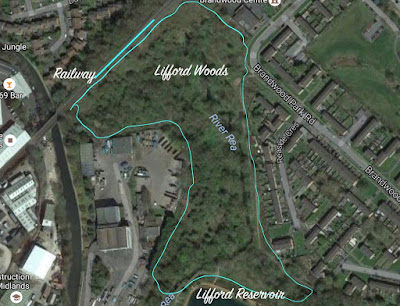Our attention now turns to trees and woodland
Our attention now turns to trees and woodland -
The woodland season begins with an introduction to managing small wooded areas, with topics involving -
The woodland season begins with an introduction to managing small wooded areas, with topics involving -
- coppicing (practice and theory)
- tools - bowsaw, billhook, axe
- health and safety
- biodiversity
- species identification
- 'crafting the woodland'
- managing access
- public relations
- interpretation
This year's chosen coppicing plot at Highbury-
Coppice - To cut




Comments
Post a Comment